Who are you today?
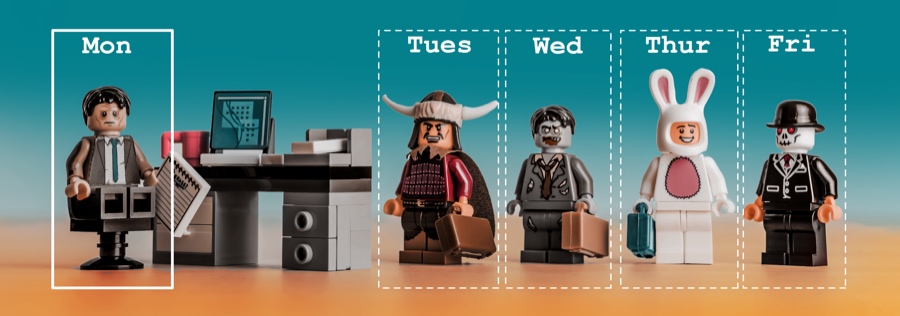
Costumes reveal truths about ourselves
‘Tis the season for spine-chilling stories, tricks and treats. But beyond the candy, the tales of ghosts and goblins, worries of witches and werewolves, there’s more to Halloween. In this month’s “On Our Minds…”, we look at the history of this holiday and what it says about who we are... and who we might like to be. Then you can get back to reading Billion Dollar Loser!
On our minds
Halloween is a fascinating holiday. It has roots in multiple ancient Western cultures—from Celtic harvest festivals to Roman Catholic celebrations of saints and martyrs. The modern-day kid-friendly version is actually a relatively recent invention. Long before anyone was doing the “Monster Mash” Halloween was a racier, scarier, more spiritual, and more sensual holiday—very much for adults.
Though each culture that celebrates Halloween does so differently, there is a shared understanding of the season as a liminal time—boundaries that define the “normal” world become porous. Things—and people—are not what they once were. The seemingly innocuous can be sinister. The seemingly sinister can become fun.
Fun is something we could all use more of right now! It’s these times in which fun and humor feel most difficult to conjure that we need pleasure the most. Interestingly enough, researchers who study fear have found that terrifying experiences can actually be good for lowering stress.
Halloween is a time that we can stretch the boundaries of what is socially OK. Donning costumes allow us to be playful with identities and reimagine ourselves as we aren’t. Of course, there’s nothing stopping us from doing that any time of the year. Institutions like New York’s Village Halloween Parade give us an opportunity to let our freak flags fly, so to speak. When everyone is doing it, there’s suddenly social permission to express our alter egos.
That freedom—to explore who we are and to express it without fear of judgement—is equally important at work. To quote ourselves on bringing your whole self to work, “...if a company’s view of a worker is that they’re just their job, that’s all they’re likely to get. On the other hand, organizations that recognize their people as whole human beings enable them to bring more to the table.” When companies embrace their people fully—including their eccentricities, fantasies, alter egos and quirks—those people do better work.
Unfortunately, such openess is not always the norm, and the resulting inhibitions have a cost in team performance. Research has found that most people deliberately adjust their behavior at work to compensate for expectations related to their identity or group affiliation, a phenomenon called psychologists call “covering”. The environment in which people find themselves can either stifle their personality with a rigid culture or encourage sharing more of themselves.
When people feel like they’re being watched or judged, they change what they do. For example, when people think they are not good at something they are less likely to want to do it in an open environment. While this has always been an issue at work, it’s now following people home too. The social media era has brought self-monitoring that causes people to change their behavior, a kind of “social cooling” caused by the omnipresent pressure to conform. It’s important to do everything possible to lower these barriers, through an intentionally open and inclusive culture. Now, when things are so challenging, it’s even more important to add some fun to the workplace. Take Halloween as an opportunity to expand your own boundaries. Luckily, you don’t even have to sew a costume. Telework tools offer ways to add a little fun to the digital (background) realm, and most video chat platforms offer the ability to add hats, horns, animal eyes, or digital costumes. In a world that, frankly, can feel a bit bleak these days, let’s all take an opportunity share a bit of delight, play, and personality with our friends and colleagues. Not only will it provide a much-needed opportunity for levity, but it’ll also help build a culture where everyone can feel comfortable as who they are, and more.
From the archives
Werwolves aren’t the only hybrids out there. Last fall, we wrote about the hybrid roles that are set to become critical to the workplace going forward.
Reaching a little deeper into the crypt, find our article from 2016 about art in the workplace. Everything from wall decor to desk trinkets can serve as ways for people to express their personality and bring their whole selves to work.
That about does it for this episode. But we’ll certainly be back, with or without a full moon. Drop us a line to share your favorite ways to have fun in the workplace—or just your favorite scary story. In the meantime, we’ll be listening to NPR’s list of songs that scare.
In Case You Missed It
Were you nodding, nearly napping? Let us make a gentle tapping, rapping to remind you of these things that came before...
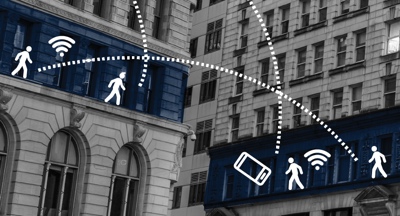
Facilitating Workplace Intelligence
The fourth panel in PLASTARC’s workplace reentry series focused on technology to enhance the user experience.
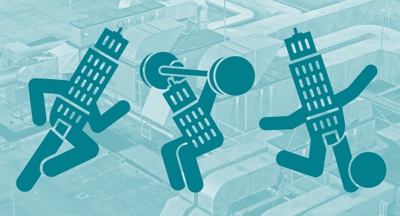
Aligning Building Systems for Wellness
Our third panel on workplace reentry discussed how to align building systems to support workplace wellness.
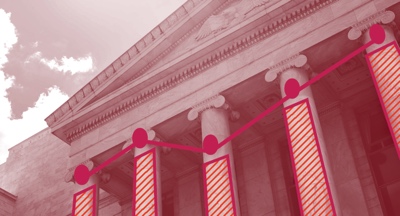
PLASTARC Guides Return to Office for Federal Workforce
We provided human-centric workplace expertise to enrich this resource offered by GSA. Check out their playbook!
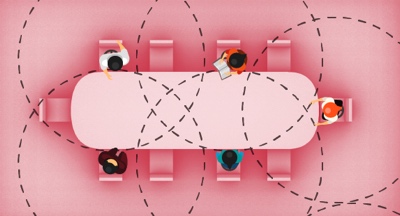
How Coworking is Shaping the Workplace of the Future
We spoke with Tradeline about the impact of the shared office on technology, design, and more.
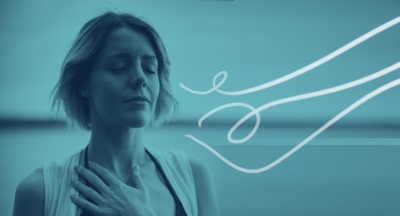
All About Lungs
Quartz explores one of the most fragile—but critical—parts of the human body.
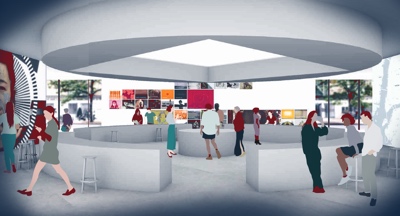
Artsy: Workplace at the Intersection of Tech and Art
We refreshed this summary of our work with architects Leong Leong for Artsy back in 2018.
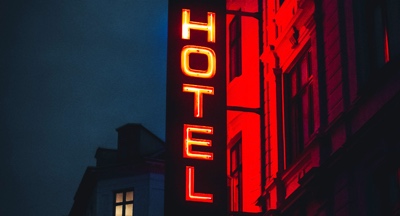
The Future of Hotel Design
The NY Times writes about tech-driven shifts in the hospitality industry that are just around the corner.
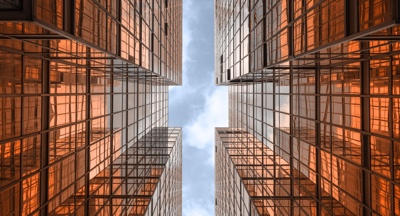
Where is My Office?
PLASTARC founder Melissa Marsh contributed insight to “Where is My Office?” a new book by Chris Kane.
Looking Ahead
Sometimes the scariest thing is the unknown. Why not prepare yourself with a look at what’s lurking around the next corner?

